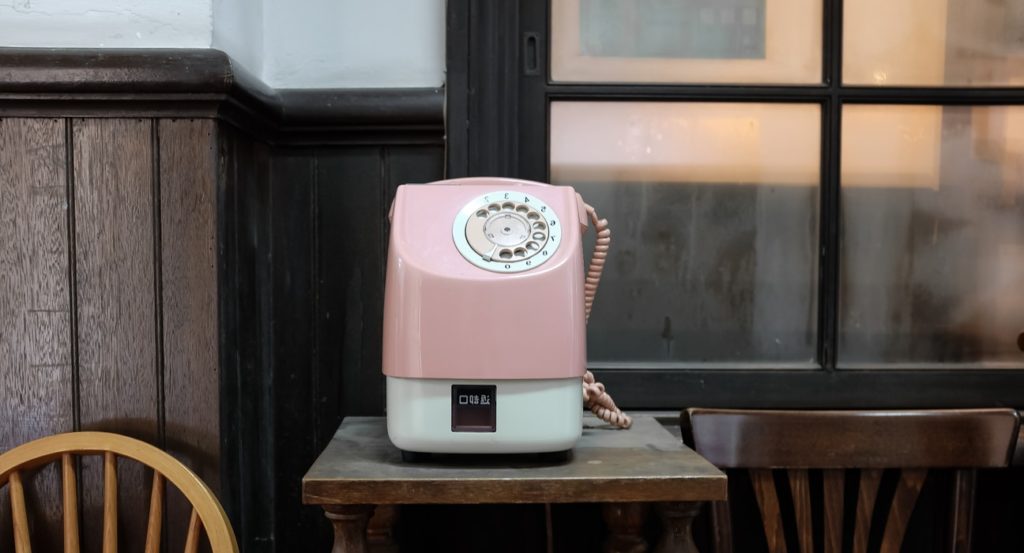
Senior housing is a niche market that can be very profitable. However, before you take part in it, there are some things that you will need to understand. Like all real estate sectors, the senior housing sector has certain caveats.
Senior Housing Is Bigger Than You Think
Senior housing makes up an astounding 38% of all homebuyers in the USA. Furthermore, this trend is most likely going to increase. There is a demographic shift taking place, as people live longer and have decreasing fertility rates. The median age of homeowners is now 44. However, this is excellent news. Growth in the market means that investors can capitalize on it.
Learn the Demographics
Some states are perfect for targeting the aging population. Maine and Florida have aging populations and older homeowners. However, the senior housing markets in other states like Utah and Texas are not as big.
You can break the market into three loose segments: buyers aged 52 to 61, buyers aged 62 to 70, and buyers aged 71 to 91. You need to comprehend the needs and attitudes of each group before you sell to it. Remember that each group has its buying preferences, so understand your target audience. The choices of a 90-year-old buyer will be different than those of a 52-year-old buyer. For example, older people might prefer to settle down in quiet areas, while younger people might want to start jobs in new cities.
Become a Specialist
There is certification available so that you can become a senior housing specialist. One program that NAR offers is for the Senior Real Estate Specialist (SRES®) designation. This two-day training program will give you the skills to serve the 50+ market.
There are many ways to break into the senior housing market. So, start reviewing the opportunities and






